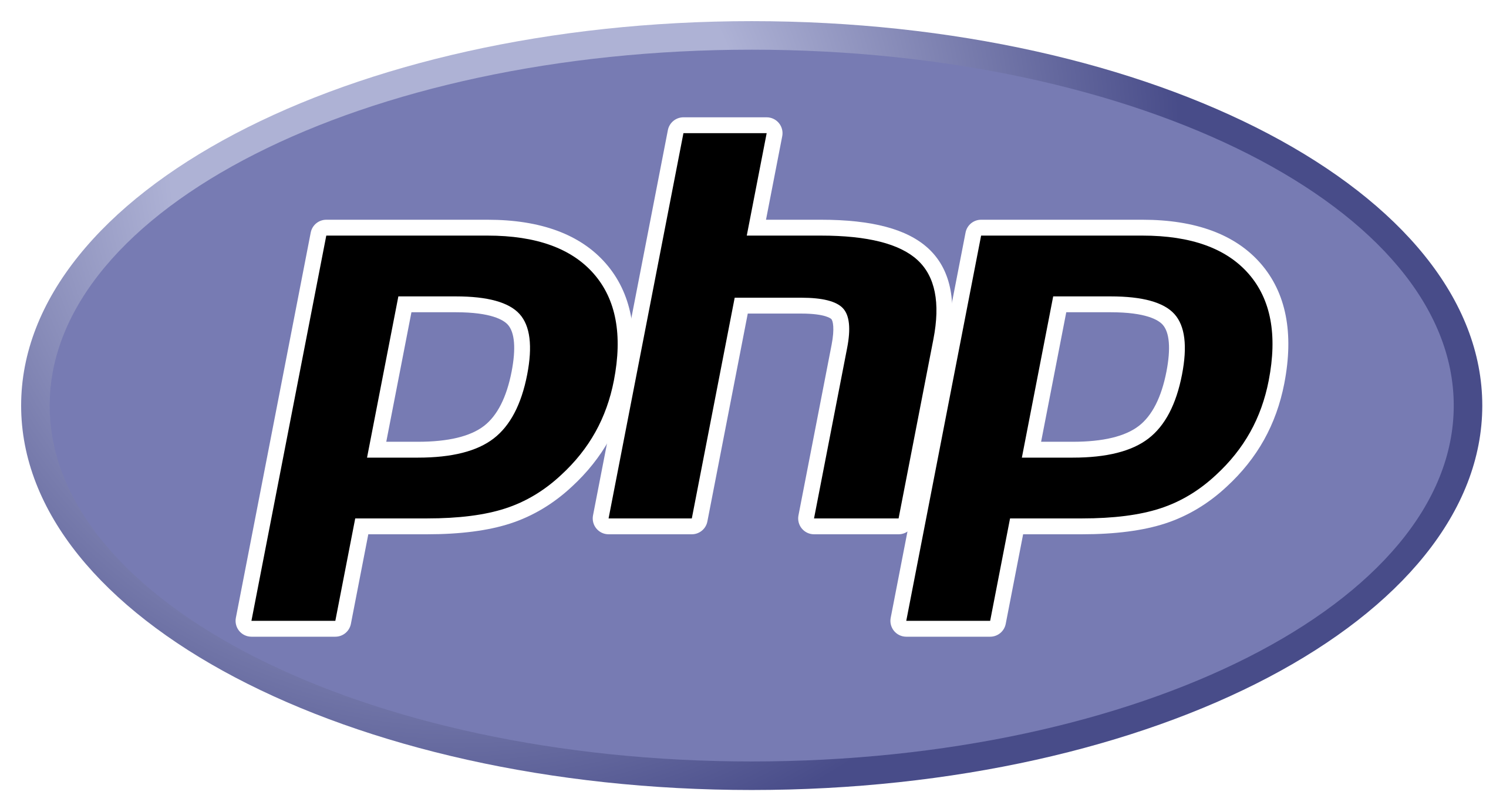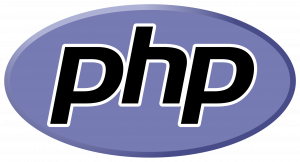Introduction to PHP
PHP (Hypertext Preprocessor) is a popular server-side scripting language designed for web development but also used as a general-purpose programming language. PHP scripts are executed on the server, and the result is returned to the browser as plain HTML. This tutorial will guide you through the basics of PHP, with practical examples to help you understand how it works.
Setting Up Your PHP Environment
Before you can start writing PHP scripts, you need to set up a development environment. Here’s how:
1. Install a Local Server Environment
To run PHP on your local machine, you need a server environment. The most popular options are:
- XAMPP (Windows, macOS, Linux)
- WAMP (Windows)
- MAMP (macOS, Windows)
These packages include Apache (a web server), MySQL (a database server), and PHP.
Installing XAMPP (Example)
- Download XAMPP: Visit the XAMPP website and download the version suitable for your operating system.
- Install XAMPP: Follow the installation instructions.
- Start XAMPP: Open the XAMPP control panel and start the Apache server.
2. Create a Development Directory
Create a directory for your PHP projects within the htdocs folder (XAMPP) or the www folder (WAMP/MAMP). For example:
C:\xampp\htdocs\myphpproject3. Create Your First PHP File
Create a new file named index.php in your project directory.
Writing Your First PHP Script
Open your index.php file in a text editor (such as VSCode, Sublime Text, or Notepad++) and add the following code:
<!DOCTYPE html>
<html>
<head>
<title>My First PHP Page</title>
</head>
<body>
<h1>Welcome to My First PHP Page</h1>
<?php
echo "Hello, World!";
?>
</body>
</html>Explanation
- The
<!DOCTYPE html>,<html>,<head>, and<body>tags define the basic structure of an HTML document. - Inside the
<body>, we include a PHP script with<?php ?>tags. - The
echostatement is used to output text to the browser.
Running Your PHP Script
- Start Apache: Make sure your Apache server is running (via XAMPP control panel).
- Access Your Script: Open your web browser and go to
http://localhost/myphpproject/index.php.
You should see the text “Welcome to My First PHP Page” and “Hello, World!”.
Basic PHP Syntax
Variables
In PHP, variables are used to store data. A variable starts with the $ sign, followed by the name of the variable.
<?php
$name = "John";
$age = 25;
echo "Name: " . $name . "<br>";
echo "Age: " . $age;
?>Comments
Comments are ignored by the PHP engine and are used to leave notes in your code.
<?php
// This is a single-line comment
# This is also a single-line comment
/*
This is a multi-line comment
which spans multiple lines
*/
?>Data Types
PHP supports various data types, including strings, integers, floats, arrays, and objects.
<?php
$string = "Hello, World!";
$integer = 100;
$float = 10.5;
$array = array("apple", "banana", "cherry");
?>Arrays
Arrays are used to store multiple values in a single variable.
<?php
$fruits = array("apple", "banana", "cherry");
echo "I like " . $fruits[0] . ", " . $fruits[1] . ", and " . $fruits[2] . ".";
?>Associative Arrays
Associative arrays use named keys to identify values.
<?php
$ages = array("John" => 25, "Jane" => 30, "Bob" => 35);
echo "John is " . $ages['John'] . " years old.";
?>Control Structures
If-Else Statements
Conditional statements control the flow of execution based on certain conditions.
<?php
$age = 20;
if ($age >= 18) {
echo "You are an adult.";
} else {
echo "You are a minor.";
}
?>Loops
Loops are used to execute a block of code repeatedly.
While Loop
<?php
$i = 0;
while ($i < 5) {
echo "The number is: $i <br>";
$i++;
}
?>For Loop
<?php
for ($i = 0; $i < 5; $i++) {
echo "The number is: $i <br>";
}
?>Foreach Loop
<?php
$fruits = array("apple", "banana", "cherry");
foreach ($fruits as $fruit) {
echo "I like $fruit <br>";
}
?>Functions
Functions are used to group code into reusable blocks.
Defining a Function
<?php
function greet($name) {
return "Hello, $name!";
}
echo greet("John");
?>Built-in Functions
PHP has many built-in functions for various tasks.
String Functions
<?php
$string = "Hello, World!";
echo strlen($string); // Outputs: 13
echo str_replace("World", "PHP", $string); // Outputs: Hello, PHP!
?>Array Functions
<?php
$fruits = array("apple", "banana", "cherry");
sort($fruits);
foreach ($fruits as $fruit) {
echo $fruit . " ";
}
// Outputs: apple banana cherry
?>Conclusion
This tutorial covered the basics of PHP, including setting up your environment, writing your first script, understanding basic syntax, working with variables and data types, using control structures, and defining functions. PHP is a powerful language with a wide range of features, and this guide should give you a solid foundation to start building dynamic web applications. Happy coding!


